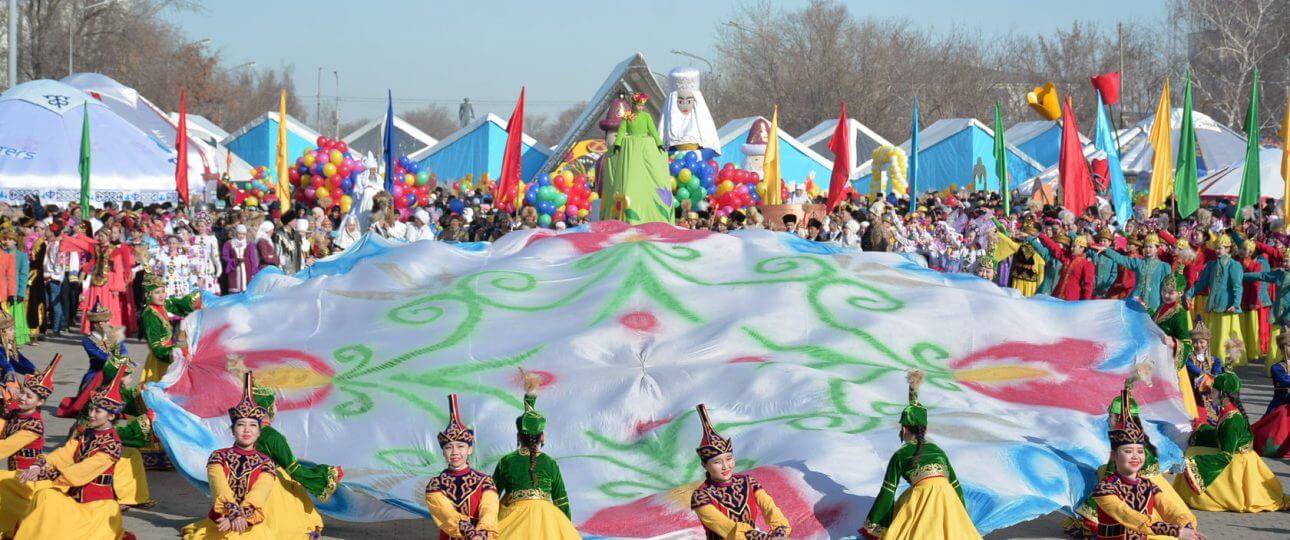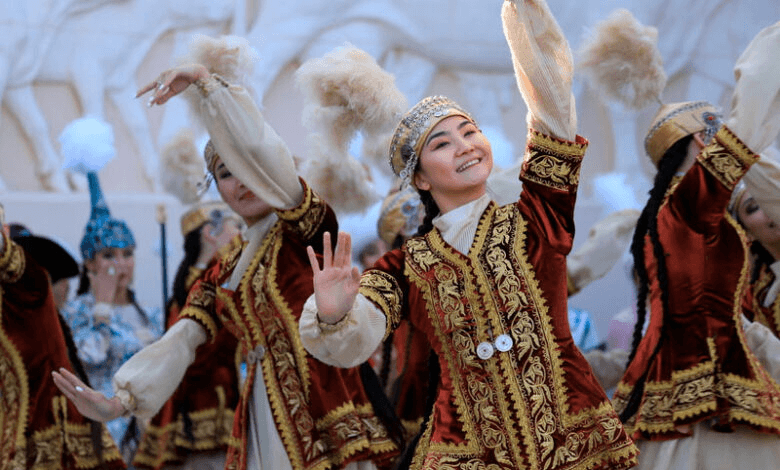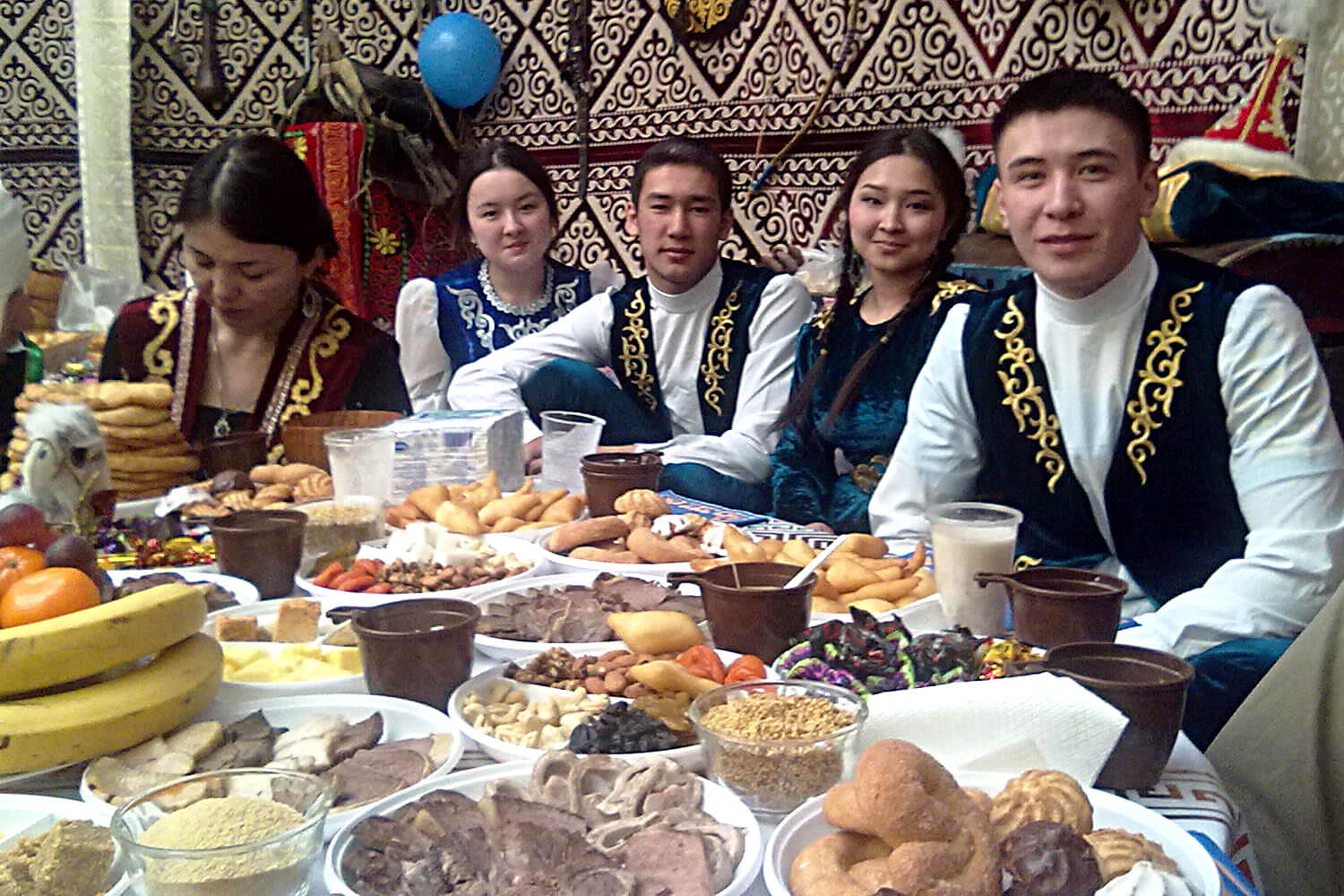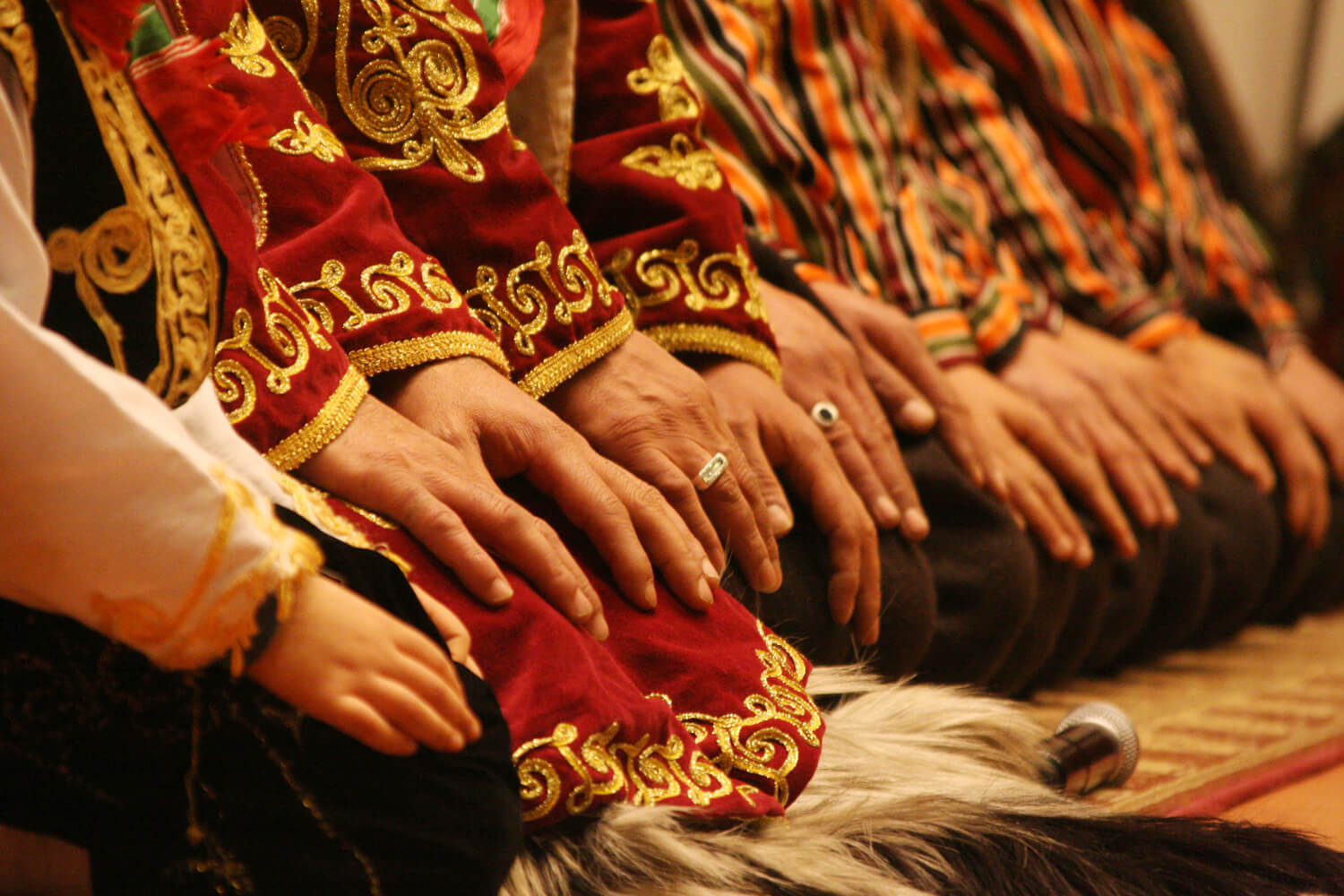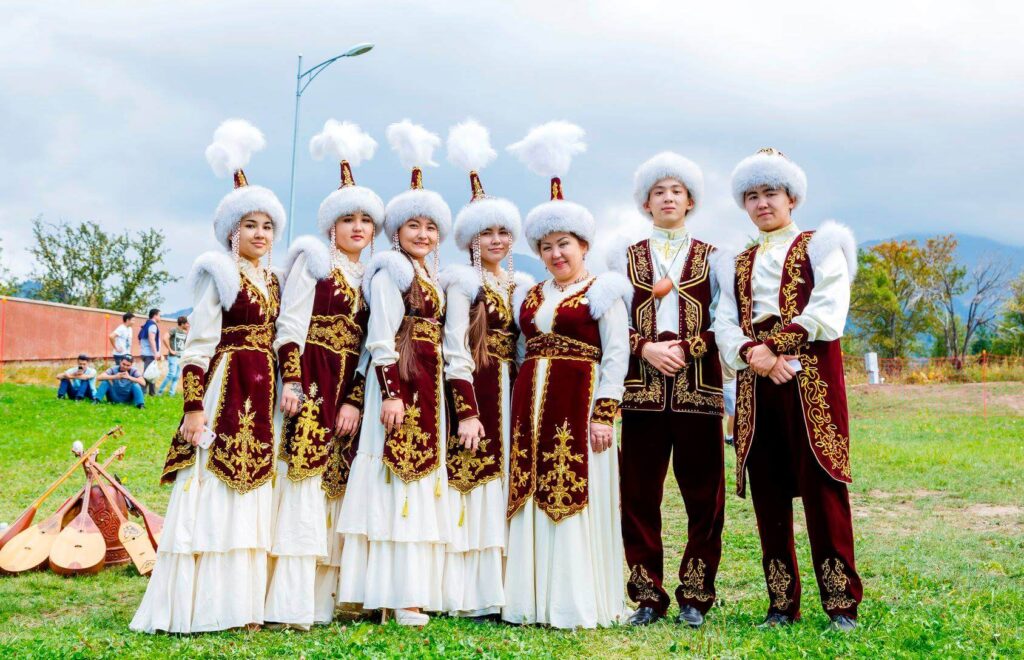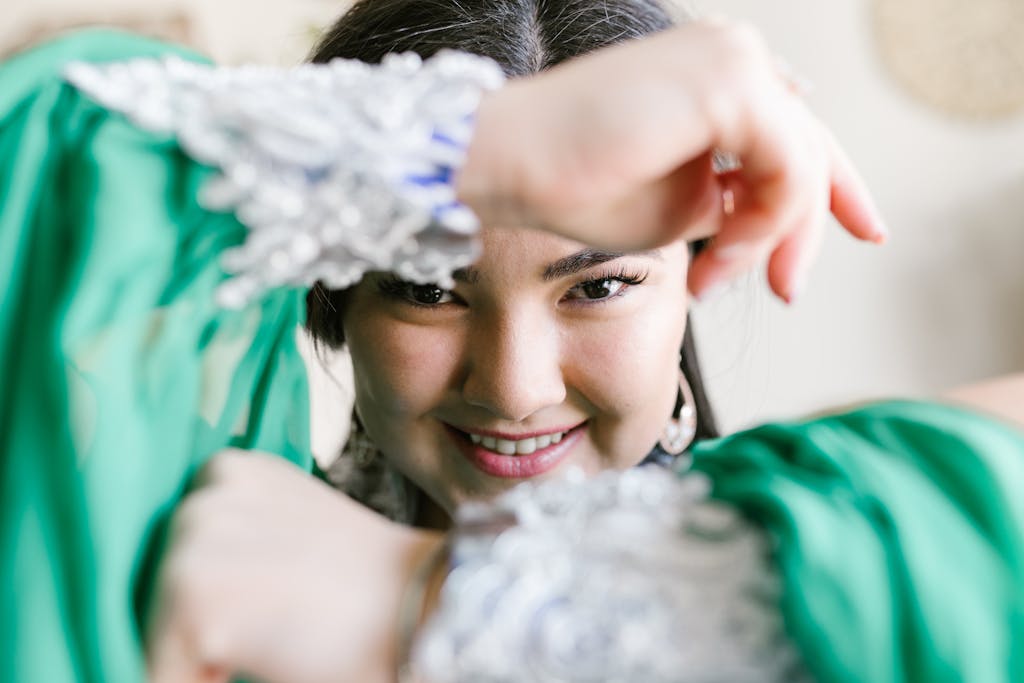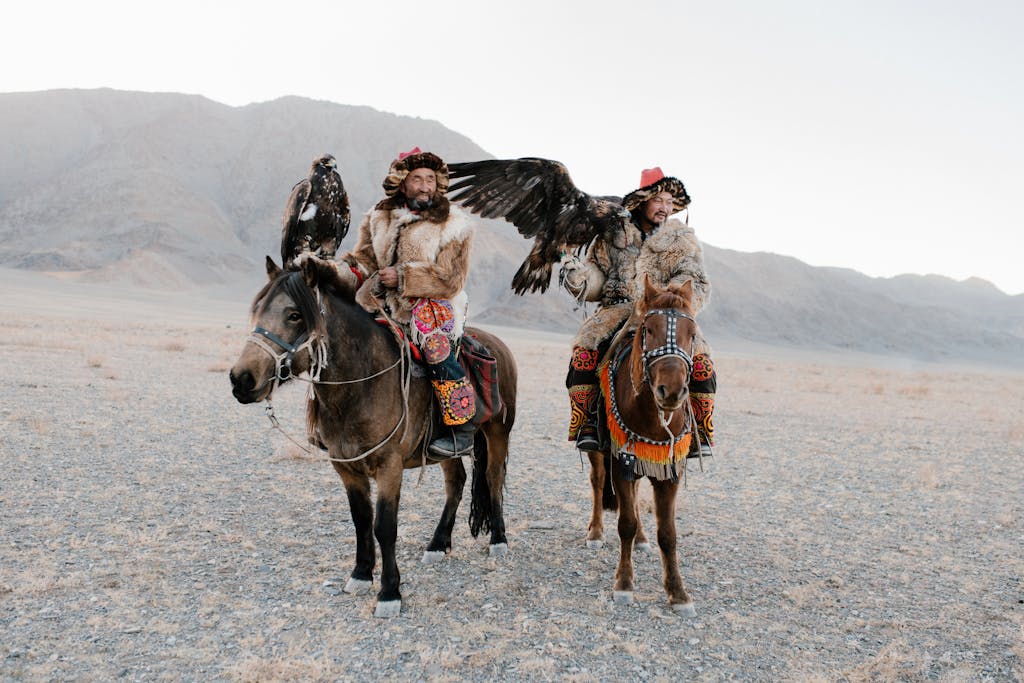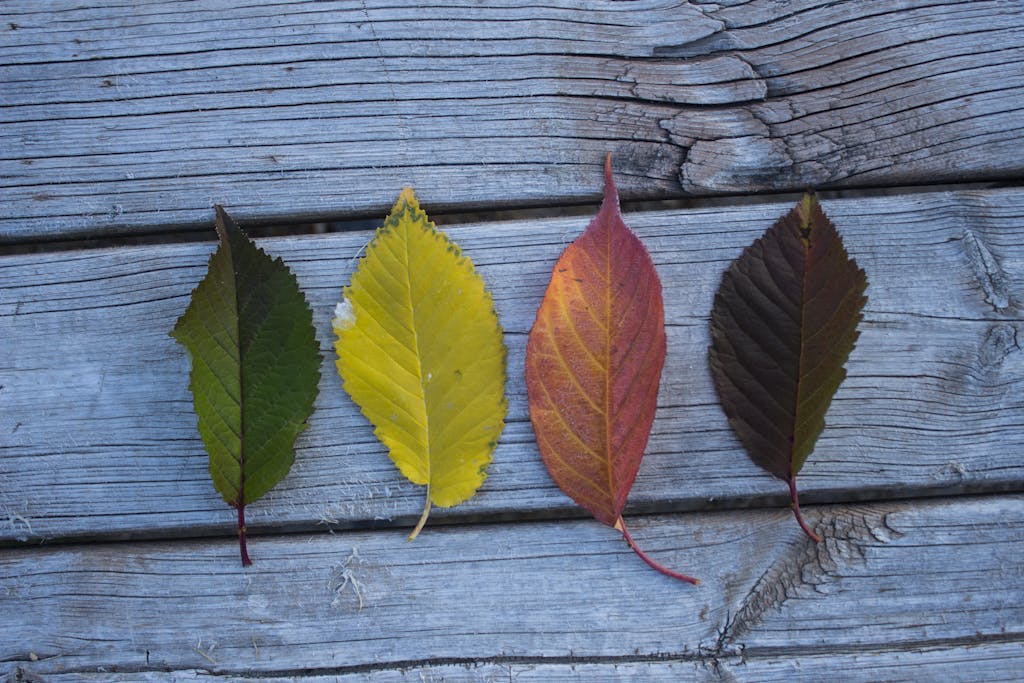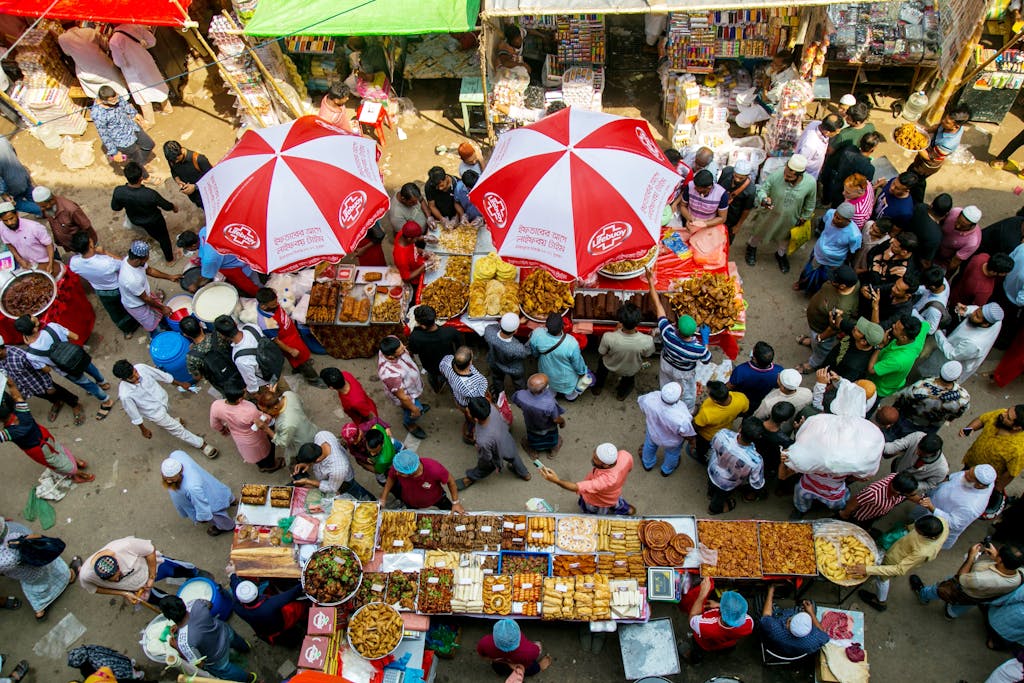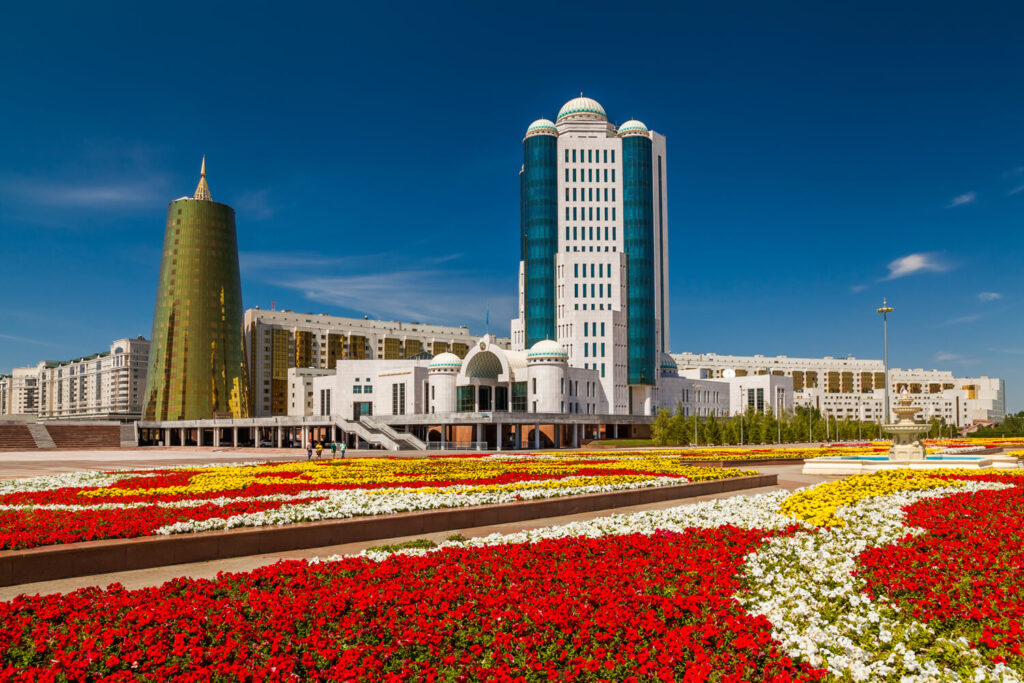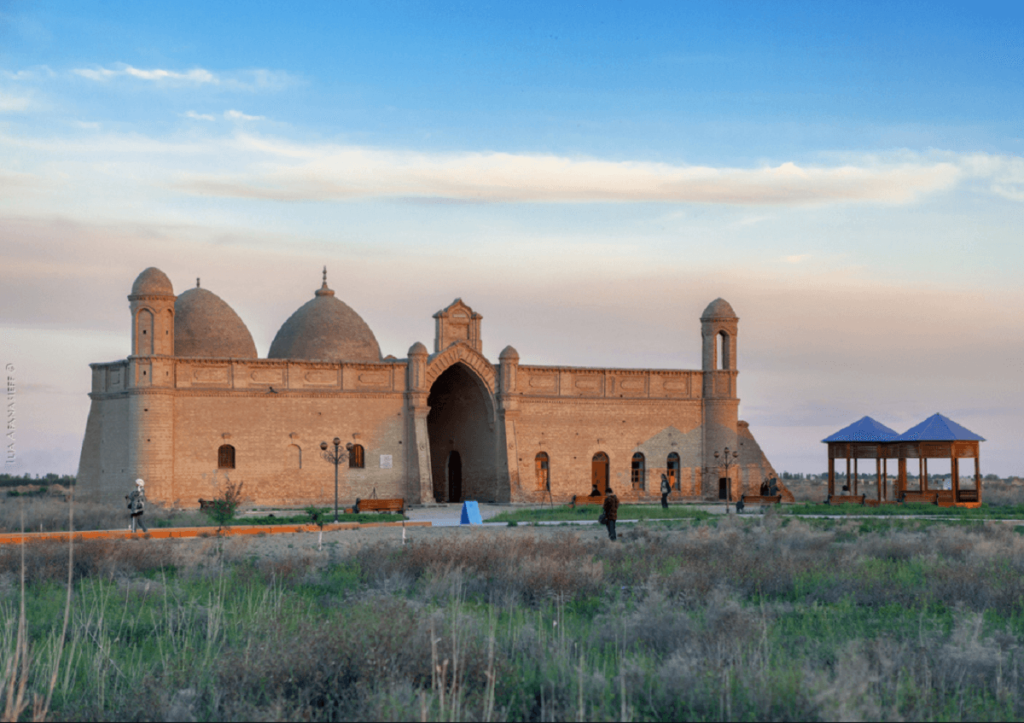Nauryz celebration Kazakhstan: Nauryz is one of the most significant and ancient celebrations in Kazakhstan and across many parts of Central Asia, the Middle East, and beyond. It marks the beginning of a new year according to the Persian calendar, aligning with the spring equinox (around March 21). The word “Nauryz” means “new day” in Persian, symbolizing rebirth, renewal, and the arrival of spring.
Cultural and Historical Significance:
Pre-Islamic Roots: Nauryz has its roots in Zoroastrianism and was celebrated by Persians long before Islam spread in the region. It is not tied to any specific religion, making it a secular holiday for many communities.
A New Year and Spring Festival: Nauryz signifies the end of the harsh winter and the arrival of spring, with new life, growth, and hope. It is a time to clean houses, resolve old disputes, and prepare for the blessings of the new year.
Revival After Soviet Period: During the Soviet era, Nauryz was often discouraged or even banned in some regions because of its connection to traditional culture. However, after Kazakhstan gained independence in 1991, the holiday was officially revived and given a prominent place in the country’s calendar.
Discover Kazakhstan
Traditions and Customs:
Nauryz in Kazakhstan is celebrated with various cultural activities and traditional rituals:
House Cleaning and Decoration: Families clean and decorate their homes as a way to welcome the new year, symbolizing a fresh start.
Community Gatherings and Feasts: Large gatherings and public celebrations are common, with family and community members coming together. People prepare special traditional dishes, share food, and offer hospitality to others.
Nauryz Kozhe: This is a traditional dish prepared especially for Nauryz. It is a thick soup made from seven ingredients (water, meat, salt, fat, flour, cereals, and milk) representing the seven virtues of life: joy, luck, wisdom, health, wealth, growth, and heavenly protection.
Traditional Games and Performances: During the celebrations, people enjoy various games such as kures (Kazakh wrestling), audaryspak (horseback games), and kokpar (a game similar to polo). Folk music, dance performances, and the singing of traditional songs are also an integral part of the festivities.
Aitysh: This is a form of poetic duel where poets compete by improvising verses. It is a popular form of entertainment during the holiday.
Symbolism:
Seven Virtues and Seven Elements: The number seven plays an important role in Nauryz traditions. People often decorate their homes with seven objects that represent growth and prosperity, like bowls filled with water, grains, or milk. The number seven symbolizes the connection between nature, human life, and cosmic harmony.
Planting Trees and Flowers: Another symbolic tradition is planting trees, flowers, or seeds, reflecting the idea of renewal and new life.
Discover Kazakhstan
Public Celebrations:
Festivals and Events: In cities like Almaty, Astana (now called Nur-Sultan), and other regional centers, large public festivals are held. There are parades, concerts, and performances showcasing Kazakh traditional music, dance, and craftsmanship. Yurts (traditional Kazakh tents) are often set up in public spaces, where people can experience cultural demonstrations and try traditional food.
Cultural Exchange: Since Kazakhstan is a multi-ethnic country, Nauryz is also an opportunity to celebrate cultural diversity. It’s a time when different ethnic communities come together, reflecting the country’s unity in diversity.
Contemporary Importance: Today, Nauryz is a public holiday in Kazakhstan and is often celebrated for several days, culminating in a public holiday on March 21. The holiday emphasizes themes of peace, unity, and family, which resonate deeply in modern Kazakh society.



